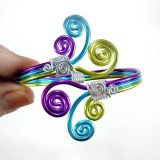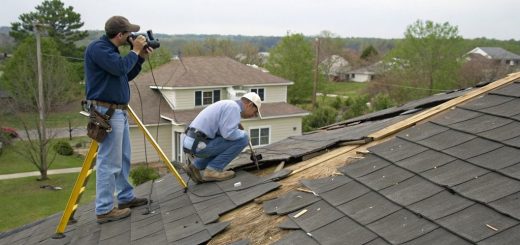Putting a Stop to the Drip: A DIY Guide to Fixing a Leaky Faucet
Dripping faucets are more than just an annoyance. Besides the maddening sound, they can waste significant amounts of water and drive up your utility bills. Luckily, it’s a problem you can often tackle yourself with a few tools and a bit of know-how.
This guide will teach you how to fix that dripping faucet, providing clear explanations and solutions for various types of faucets.
Understanding the Problem: Why Faucets Drip
Before jumping into repairs, let’s understand a few main reasons why faucets start to leak:
- Worn out washers: These rubber seals are crucial in creating a watertight barrier within your faucet. They deteriorate over time, causing leaks.
- Damaged O-rings: These small rubber rings seal various parts of the faucet and can become damaged or brittle.
- Corroded valve seat: The valve seat is where your faucet’s washer rests to shut off the water. Mineral deposits or corrosion can create uneven surfaces on this seat, preventing a proper seal.
- Loose parts: Over time, various nuts and components within the faucet can become loose, contributing to leaks.
- Faulty cartridges (in cartridge faucets): Some modern faucets use a single cartridge to control water flow. If the cartridge becomes damaged, it can cause a leak.

Essential Tools and Preparation
Gather these tools before you begin:
- Adjustable wrench
- Pliers (channel locks or slip joint)
- Screwdrivers (flathead and Phillips)
- Penetrating oil (like WD-40)
- Plumber’s grease
- Replacement parts: Washers, O-rings, valve seat (optional), cartridge (cartridge faucets only). Take the old parts to the hardware store to ensure correct replacements.
- Cloth or towel
- Small container or cup
Preparation:
- Shut off water: Locate the shut-off valves under the sink and turn them off.
- Open the faucet: Drain residual water from the faucet.
- Cover the drain: Prevent small parts from falling down the drain.
Fixing Your Dripping Faucet: Step by Step
Important: Faucets have different mechanisms. We’ll provide general guidance for the most common types:
1. Compression Faucets (Two Handles)
- Remove handles: Locate a screw (often concealed by a decorative cap), loosen, and remove the handles.
- Unscrew the packing nut: Under the handle, you’ll find a nut; carefully unscrew it with a wrench.
- Remove the stem: Pull out the valve stem.
- Replace washer: At the bottom of the stem, you’ll find the old washer secured by a screw. Replace it with a new one.
- Inspect the valve seat (optional): If it appears worn or corroded, remove it with a special seat wrench and replace it.
- Reassemble: Apply plumber’s grease to the threads, reinsert the stem, tighten the nut, and reattach the handle. Repeat for the other side.
2. Cartridge Faucets (Single Handle)
- Remove the handle: Usually involves removing a setscrew and lifting the handle off.
- Remove retaining clip: A retaining clip holds the cartridge in place; use pliers to carefully remove it.
- Remove the cartridge: Gently pull out the old cartridge.
- Install new cartridge: Insert the new cartridge, making sure it aligns correctly. Replace the retaining clip.
- Reassemble: Reattach the handle and turn the water back on.
3. Ball Faucets (Single Handle with a Swiveling Ball)
- More complex: These generally require specialized tools. Consider calling a plumber if you’re not very experienced.
4. Ceramic Disk Faucets (Single Handle, Very Smooth Operation)
- Often maintenance-free: These faucets are very durable, and leaks are usually caused by debris. Try disassembling the handle and flushing any buildup before replacing the whole cartridge.
Additional Tips
- Clean parts as you go: Debris can hinder a good seal.
- Be gentle: Avoid over-tightening nuts and parts.
- Test before full reassembly: Turn on the water partway to check for leaks before final reassembly.
When to Call a Plumber
If the leak persists, if you’re unsure of your faucet type, or if you feel the repair is beyond your skill level, don’t hesitate to call a plumber.
By following these instructions and understanding the source of the leak, you can put a stop to that pesky faucet drip. It’s a simple fix that not only saves water but also brings that welcome sound of silence back to your home!















